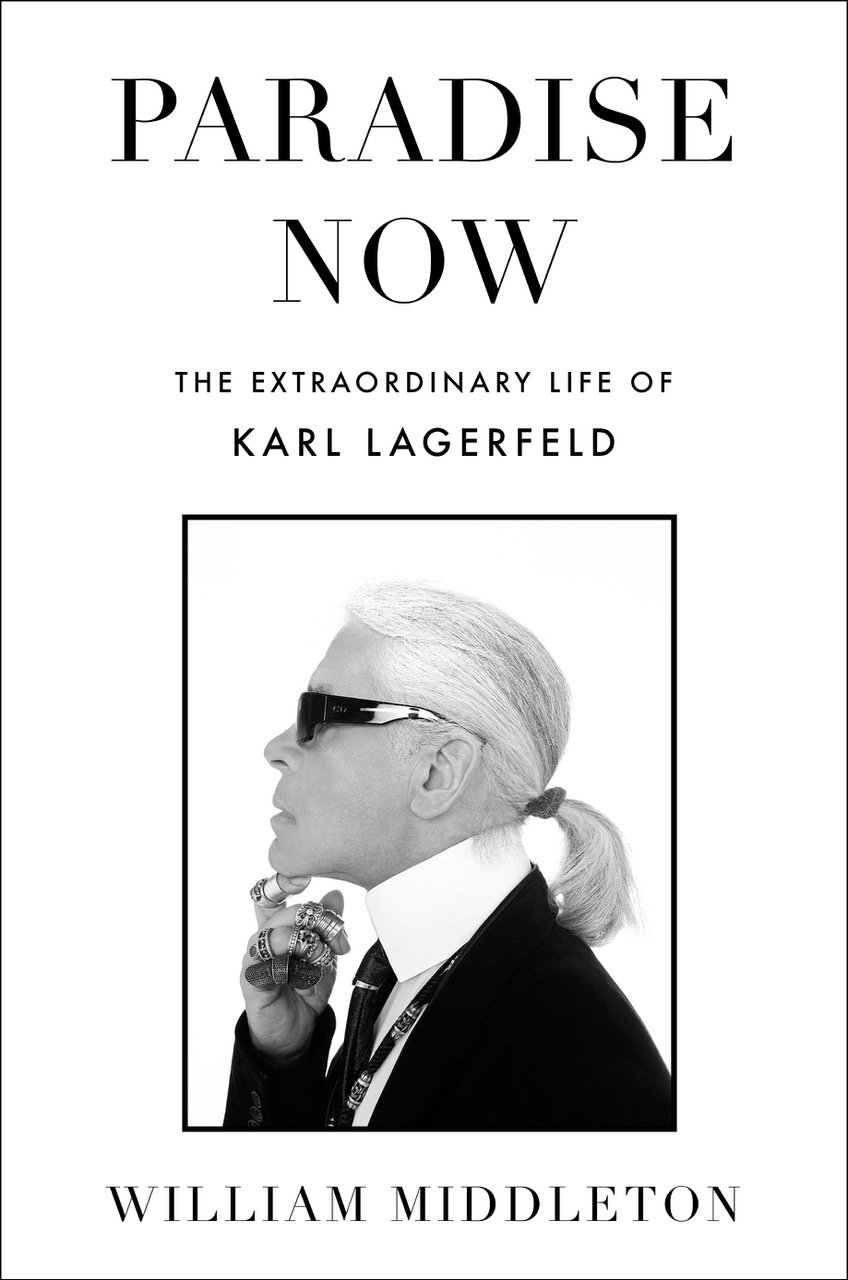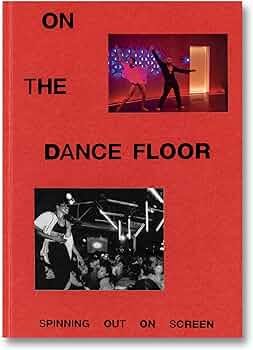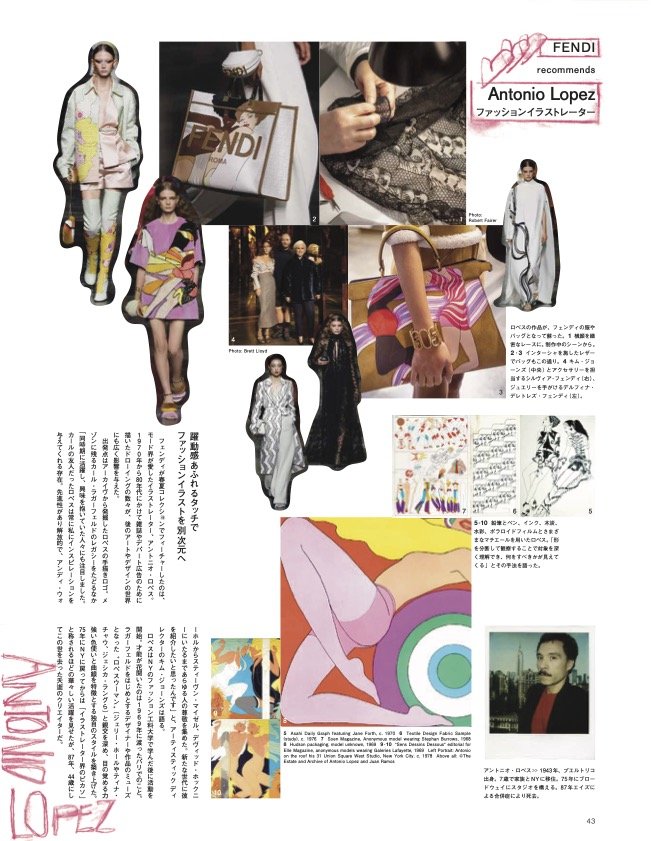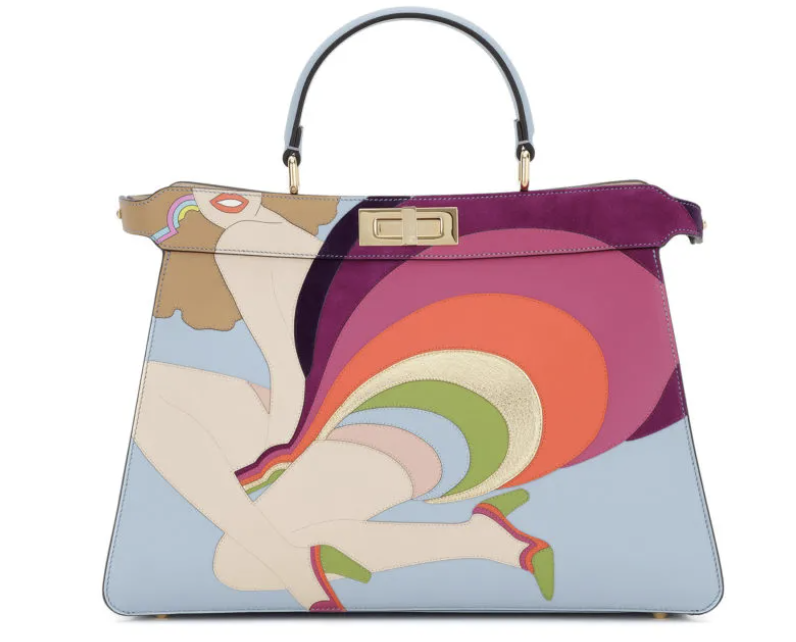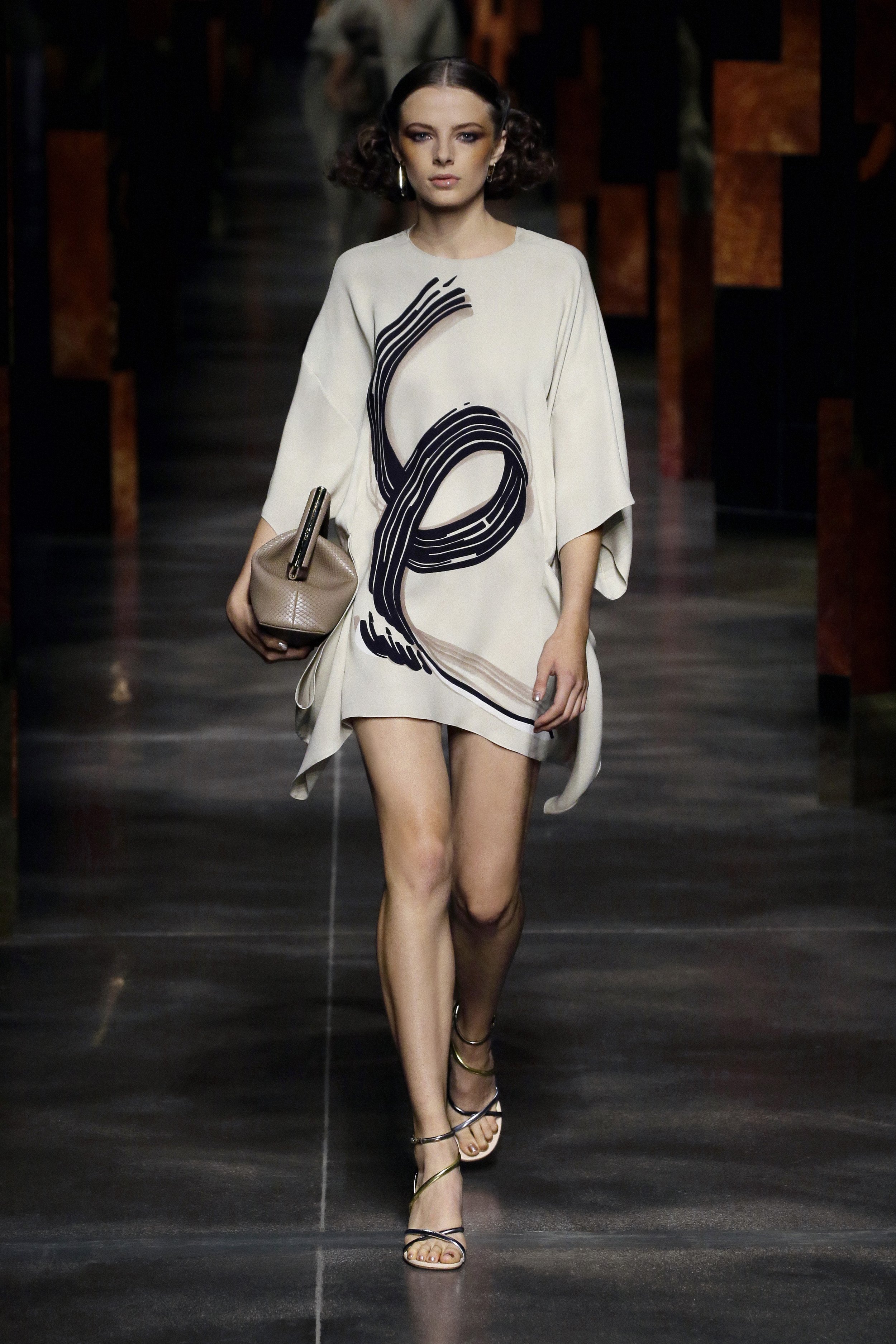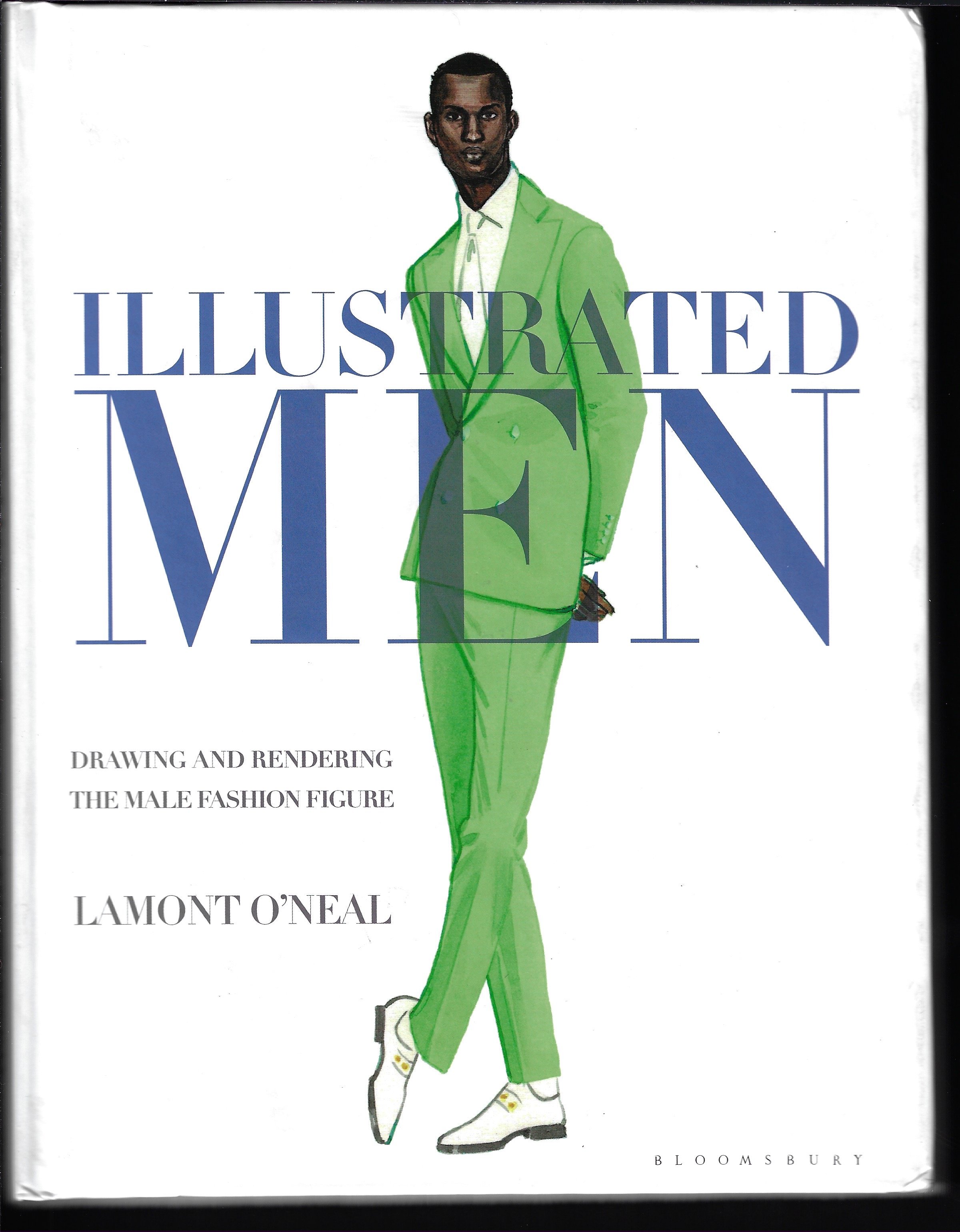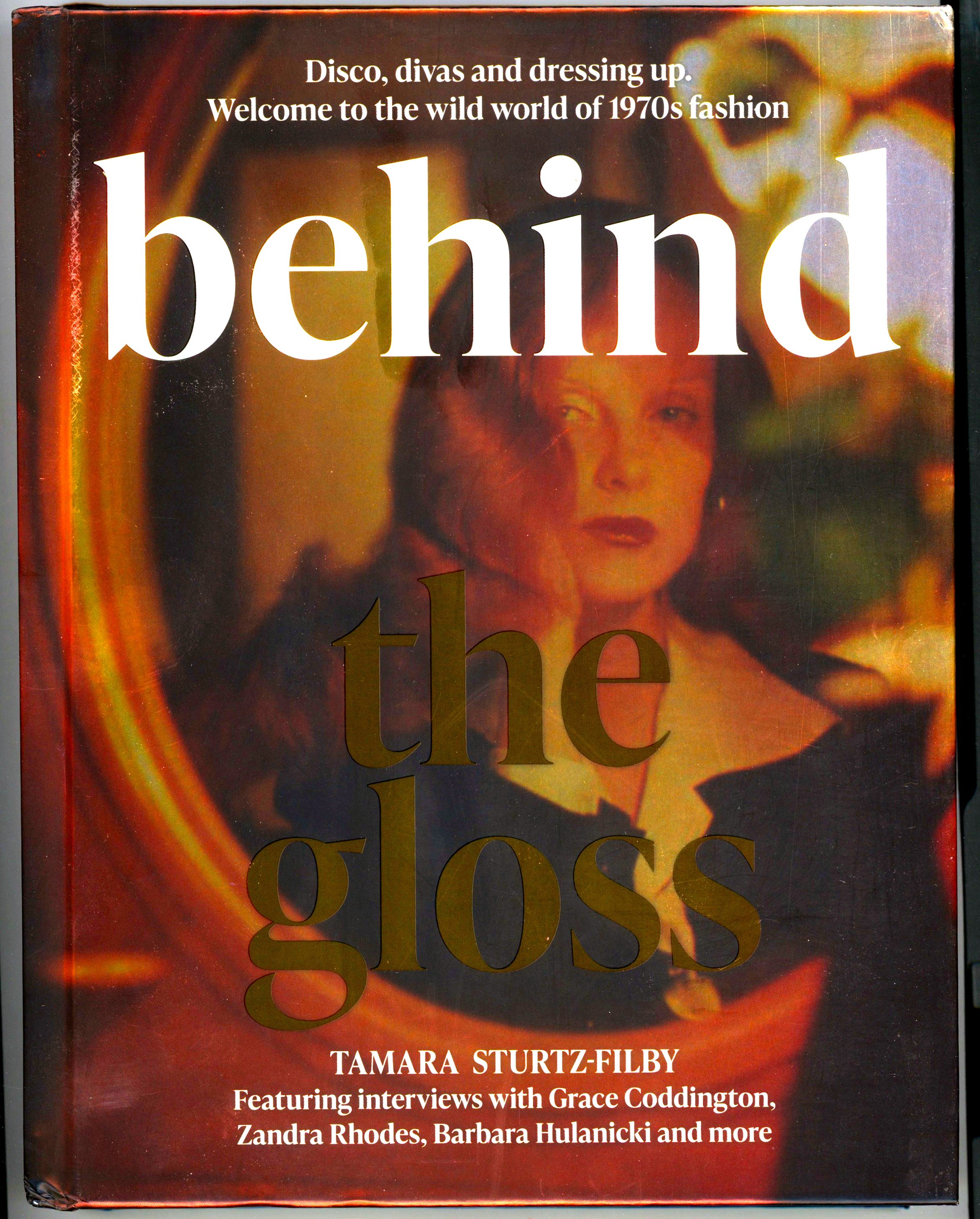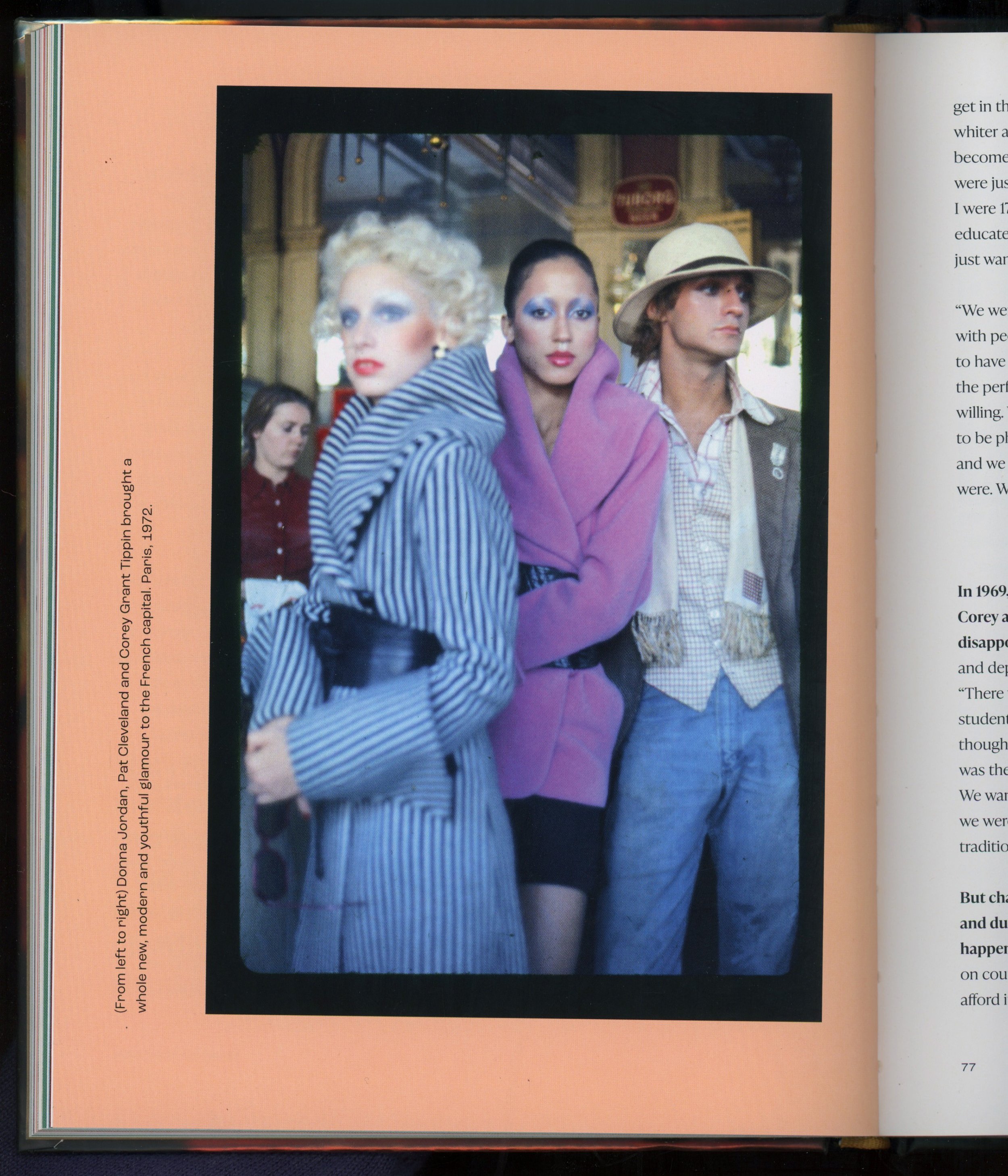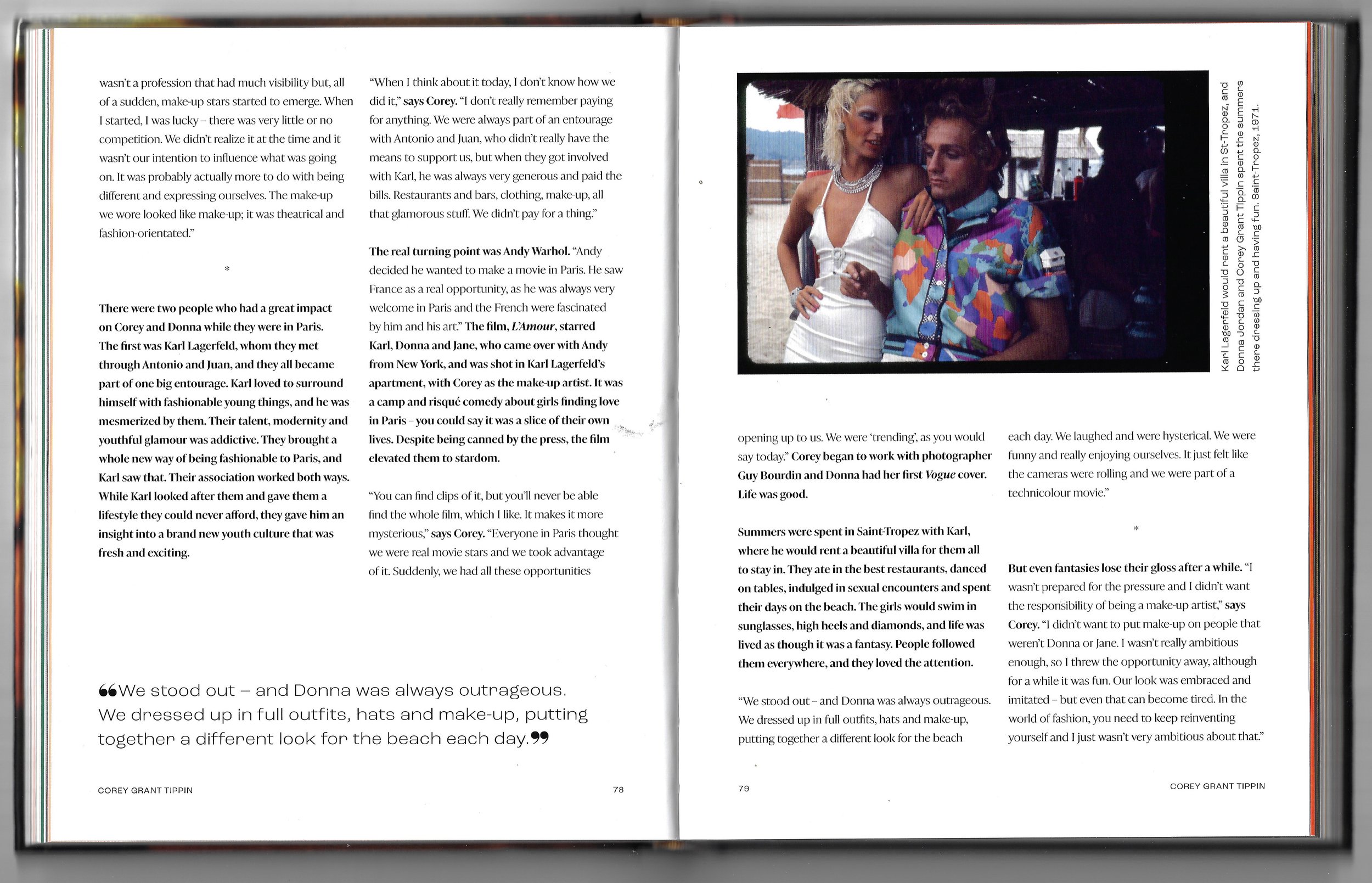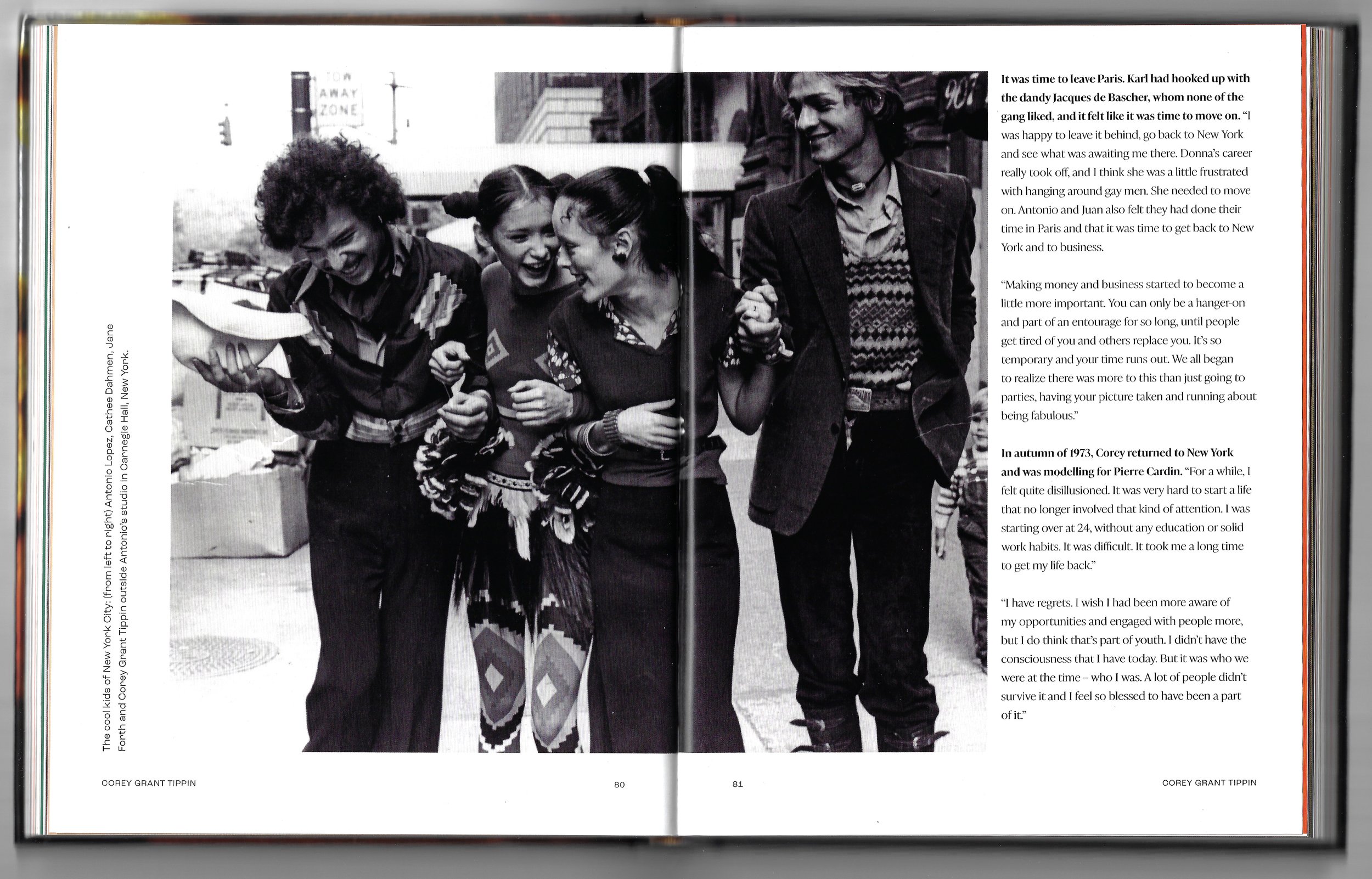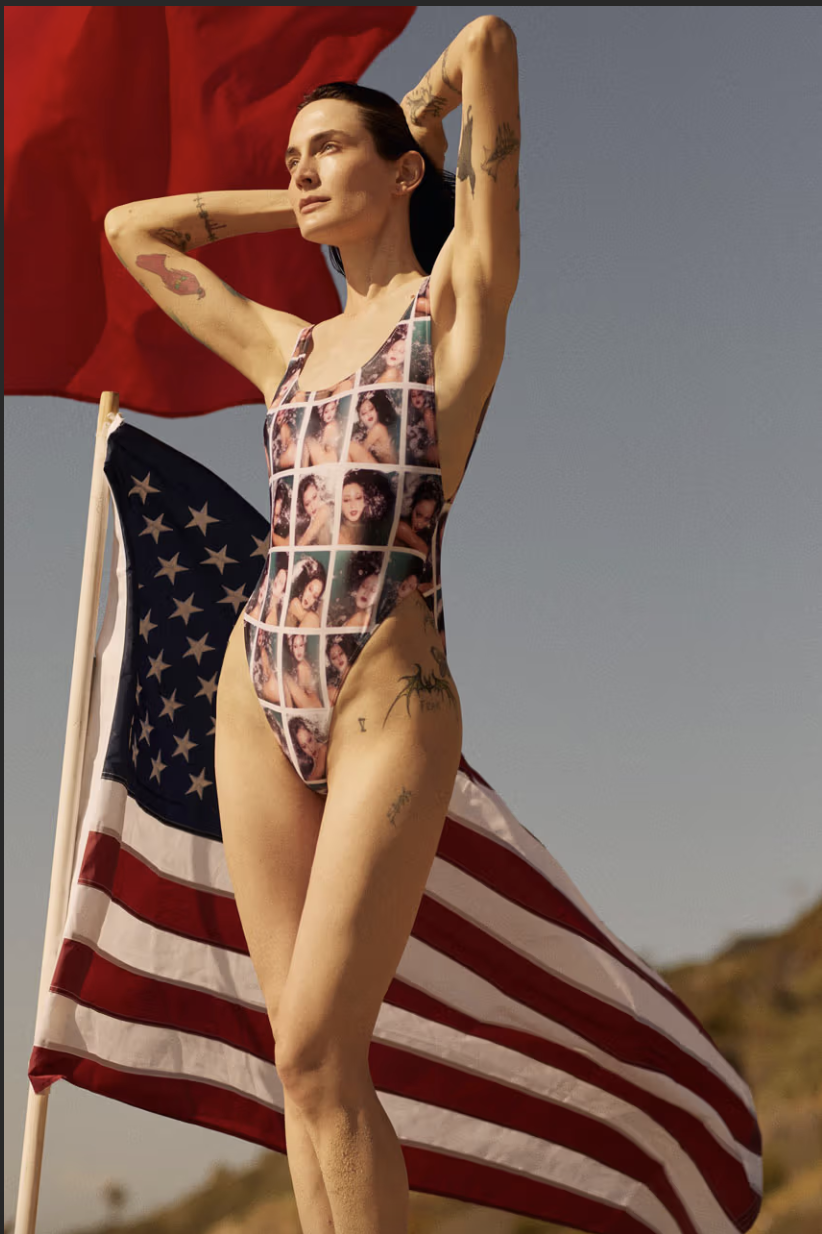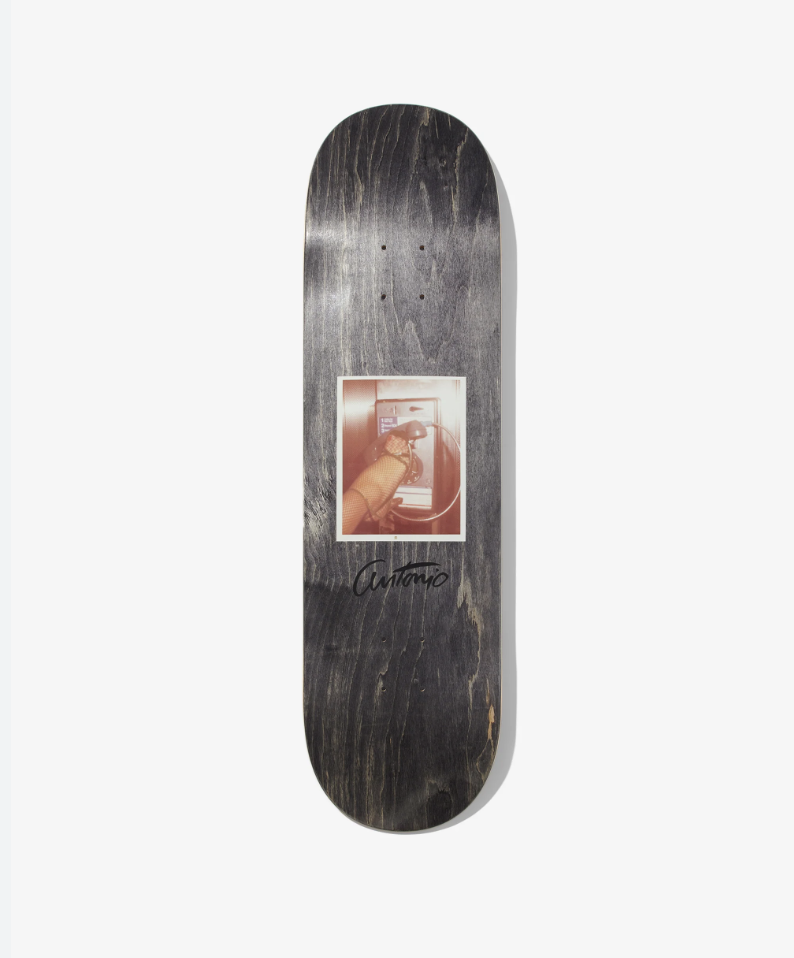Introduce your brand
Antonio Lopez, Juan Ramos, Victor Fernandez, and anonymous with the Antonio-designed Bloomingdale’s shopping bags, 1981
LICENSING
In keeping with Antonio and Juan’s wishes for their artwork to reach a broad audience, The Antonio Archives regularly licenses images for books, catalogues, editorial, film, and select brand partnerships. All revenue generated through licensing directly supports the preservation and maintenance of the collection.
Past collaborators include: Fendi, NOAH, Kenzo, Anna Sui, Olympia le Tan, MAC Cosmetics, NARS, Phaidon, Rizzoli, Assouline, A24, Canal+, The New York Times, Vogue, Bloomingdale’s, among many others.
SALES
In addition to the original posters, books, and lithographs available for sale in our online shop, a small selection of works on paper and photographs are available for sale directly from The Antonio Archives.
For more information on licensing or sales, please email Devon@theantonioarchives.com
